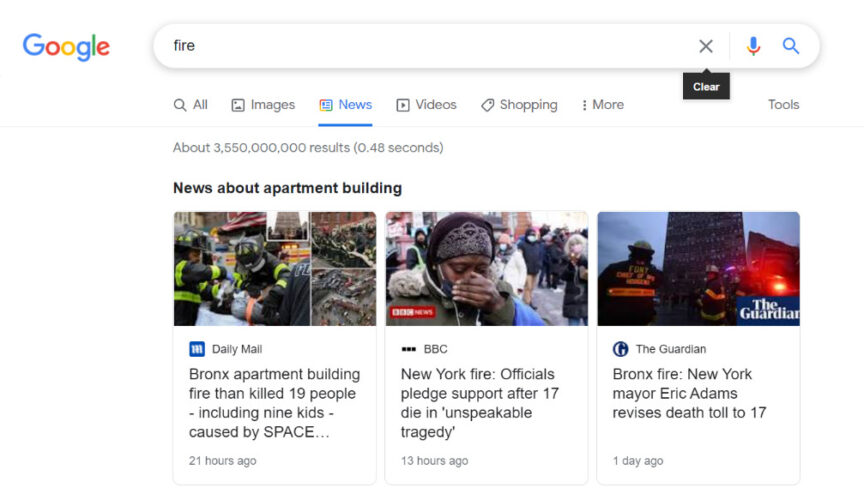What do you see if you type in ‘fire’ into Google? Have a quick look, and check what comes up. Chances are it’s probably not good news. In fact, it’ll most likely be bad news – devastating even! You’ll probably see multiple articles come up, all explicitly describing the catastrophe after a fire has taken has taken its toll.
News headlines will never have a full story about the wonders of not having the company kitchen set ablaze, or about how implementing a fire risk assessment at your premises was an absolute life saver. It seems safety precautions aren’t important enough until something awful has happened. Why is that? Why do we have to wait for the consequences?
People not getting a fire risk assessment
It’s moments like these SAMS would happily grab a person, dangle them upside down and shake them frantically until some sort of sense gets into them. Unfortunately,, this violates the Health and Safety at Work Act 1974, so instead we will have to settle with sending kind hearted emails or writing blogs, suggesting that maybe it’s a good idea to look into fire risk assessments for your safety – otherwise, you best believe, we’d be shaking!
It is expected when entering premises that they will have basic safety regulations in place. For instance, you don’t walk into a restaurant and instantly question whether they have had fire risk assessments or the correct fire safety standards put in place – you just assume, right? Because all that is on your mind is that chocolate fondant your wife’s friend was bragging about all weekend – and you have every right to do so! Fire assessments are a basic safety standard that EVERY building should complete regularly.
How to conduct a fire risk assessment in 5 steps
When doing a fire risk assessment, it is vital that it considers the entire premises, including all locations inside and outside, even if they may be unused. If the premises are small, then it may be possible to do the fire risk assessment in one sitting. However, for larger premises, you may have to divide the premises into manageable areas, and conduct multiple fire risk assessments over a period of hours or days.
There are 5 steps to compose a fire risk assessment:
- Identify and analyse all significant hazards, evaluating the risks from these hazards to ensure the premise meets all legal requirements. These hazards can include any sources of ignition, sources of fuel and/or sources of oxygen, i.e. oxidising agents, gas cylinders or piped oxygen.
- Identify any worker(s) around the premises at all times that would be at risk if a fire were to break out.
- Identify anyone other than workers that could be at risk, such as members of the public or visitors. For example,, anyone that could be driving or walking around the premises at any given time.
- Evaluate any existing controls, checking whether they are satisfactory, and plan to act accordingly. By evaluating the risks, you are considering the likelihood of consequences, and the adequacy of all the existing measures in place. Make sure to identify all structural features that could increase the spread of fire. Plan how to implement these additional control measures if needed.
- Record any findings, whether good or bad (Record, Plan, Inform, Train and Review). Include actions that have been taken to reduce fire, and what action needs to be implemented. Inform managers, site supervisors and/or workers that may require additional work practices. Issue new instructions to workers immediately if needed, and ensure correct safety regulations are applied.
For guidance, we have included a few sources of information you can extract your information from.
- Legislation: RRFSO 2005 and DSEAR 2002 and their accompanying guidance.
- Information from communities and local government practical fire safety guidance’s
- Pre-existing fire plans
- Previous fire risk assessments
- Appliances risk records
- Maintenance/inspection records on electrical equipment/installations
- Fire logbook
- Records of previous fire incidents
- Visitor records
- Fire precaution checks, i.e fire alarm checks, fire signs, fire exits, portable fire-fighting equipment and emergency lighting
- Workers training records.
Get in touch!
As SAMS does fire risk assessments, we are always on hand to help ensure your workplace is as safe as possible. If you have any questions or would like to make an enquiry, please don’t hesitate to call, email or use our live hatbox at the bottom right of the page.
01843821406

